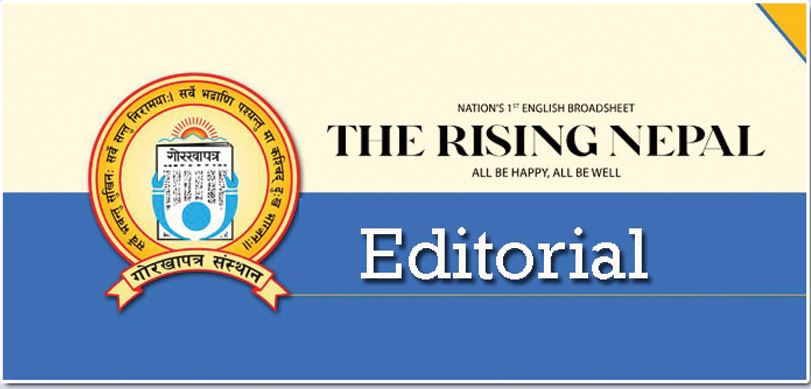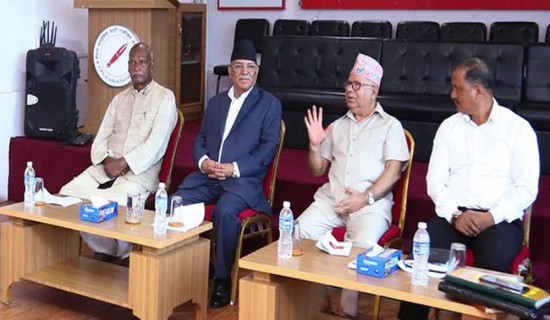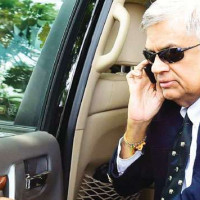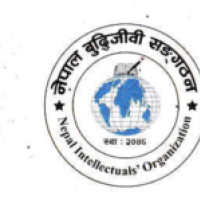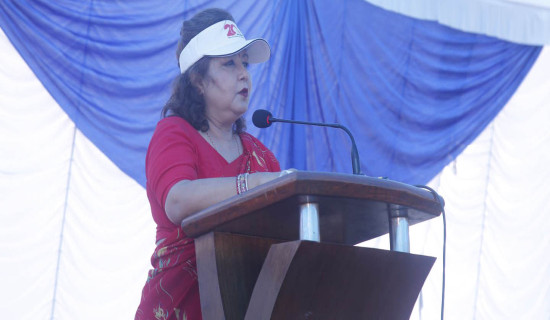- Friday, 22 August 2025
Unstoppable EVs
Technology has revolutionised how people communicate, travel, work, and every other conceivable dimension of life, making the impossible possible and life incredibly easier. And relentless innovation is what characterises technology. Technologies of yesteryears have faded into obscurity, supplanted by new, efficient ones. And this change happens so quickly that it's hard to believe the only decade-old versions look as if they are a century old.
These days, perhaps the most glaringly visible technological innovations are seen in mobility. Chiefly fuelled by climate concerns, electric vehicles (EVs) have taken over the roads. Affordable, futuristic, sleek in design, zero emission, among other features, EVs have taken the world by storm and seem unstoppable. This emerging trend has been on display in the 17th edition of the NADA Auto Show, underway in Kathmandu. In a stark departure from its earlier versions, when prominent brands' fossil fuel-powered vehicles dominated the stalls, this year's exhibition has so far been largely about EVs, innovative technologies guiding their development, and the future of mobility.
Stealing the show in the exhibition was Nepal's first flying car, or more accurately, an autonomous electric air taxi. The pull of the car was so irresistible that on the inaugural day, every space on the ground was occupied by the crowd of visitors. The flying machine, a type of Electric Vertical Take-Off and Landing (E-VTOL) vehicle, can carry two passengers, fly at an altitude of up to 3,000 metres, and reach speeds of 130 km/h. Fully autonomous, the pilotless vehicle uses 16 motors and 16 propellers for propulsion and balance. With a battery capacity of 20-25 kWh, it offers a flight duration of 21 minutes, covering approximately 35 km on a single charge. The model has already been used in China for sightseeing and emergency services.
As remarked by the Civil Aviation Authority of Nepal (CAAN), with rising traffic congestion and urbanisation worldwide, flying cars can offer faster, safer, and more environmentally friendly travel. In a mountainous country like Nepal, its potential is even higher. However, before they can make their presence felt here, essential infrastructure—including charging stations, designated air corridors, traffic management systems, and aviation regulations—must be established. This is more than a vehicle; it's a vision of the direction in which mobility is marching. Though it may not be ready for the Nepali market just yet, a few advanced countries have started experimenting with the vehicle and plan to use it as a taxi.
Despite reduced brand participation, NADA 2025 has drawn tens of thousands of visitors. Over 75 stalls are exhibiting a mix of electric vehicles, accessories, and financing options from banks and insurance companies. Prime Minister KP Sharma Oli, who was among the visitors on Wednesday, acknowledged the pivotal role such platforms play in shaping transport policy and public awareness.
Whether this technology will take hold in Nepal or not, this engineering marvel can profoundly change the nation's urban transportation in ways others have woefully fallen short. It can effectively address the ordeal passengers have to go through navigating the labyrinths that our urban centres are fast becoming. With such fascinating displays, this year's NADA has been immensely successful in sparking discussions about the future of transport, as well as in catering to the changing tastes of vehicle operators – both private and public.

